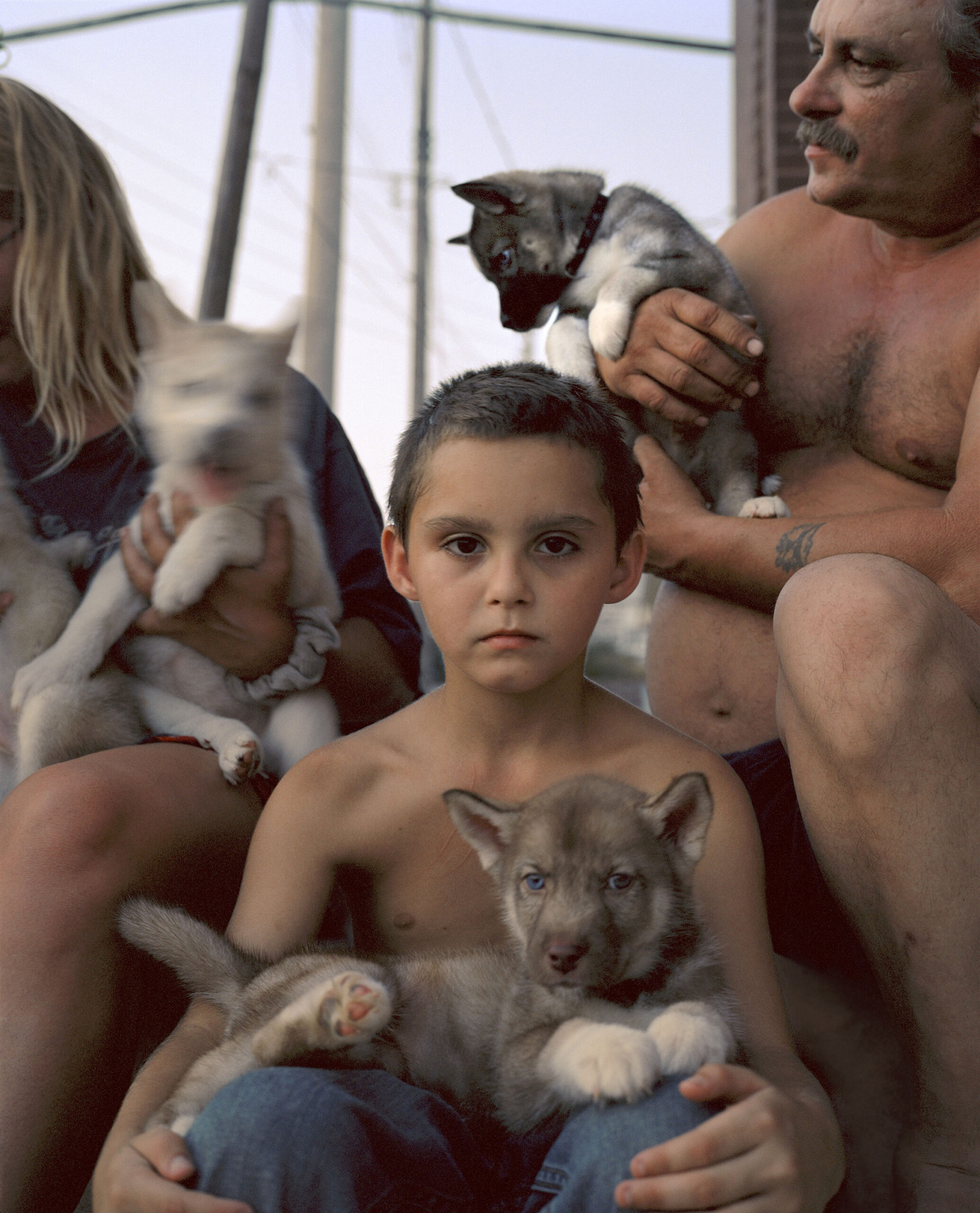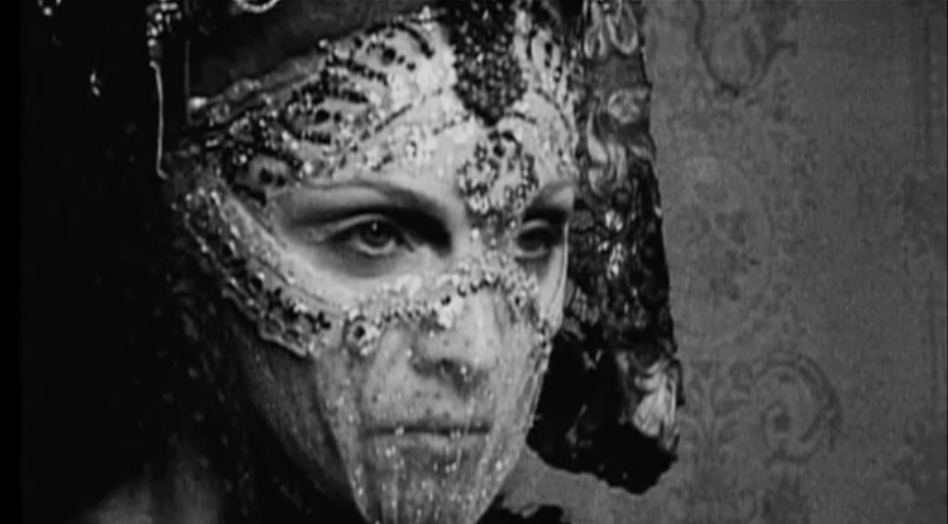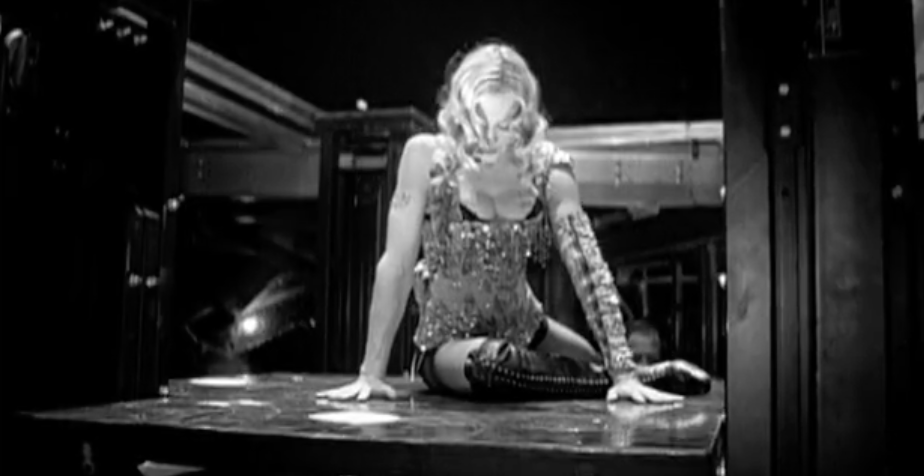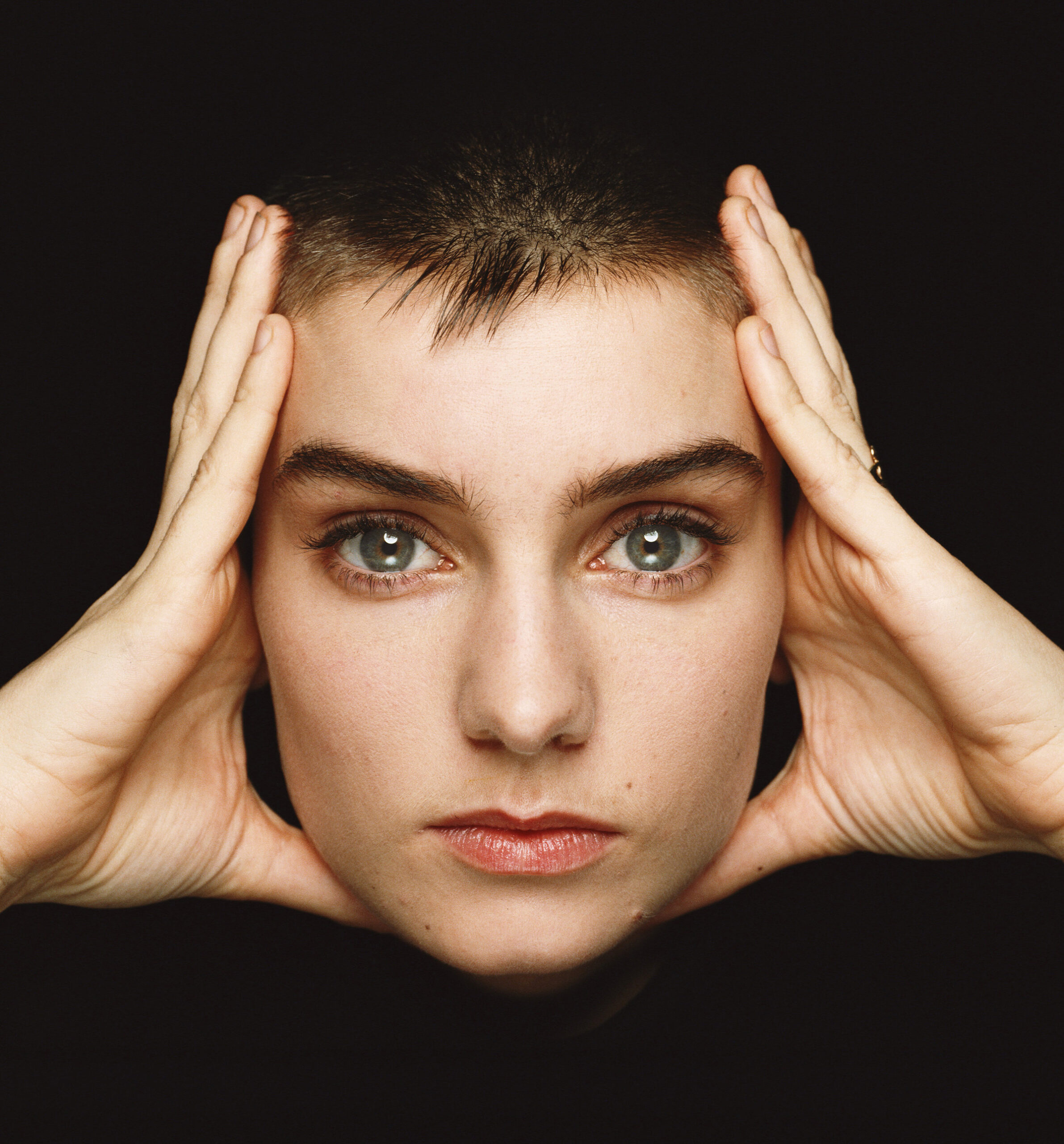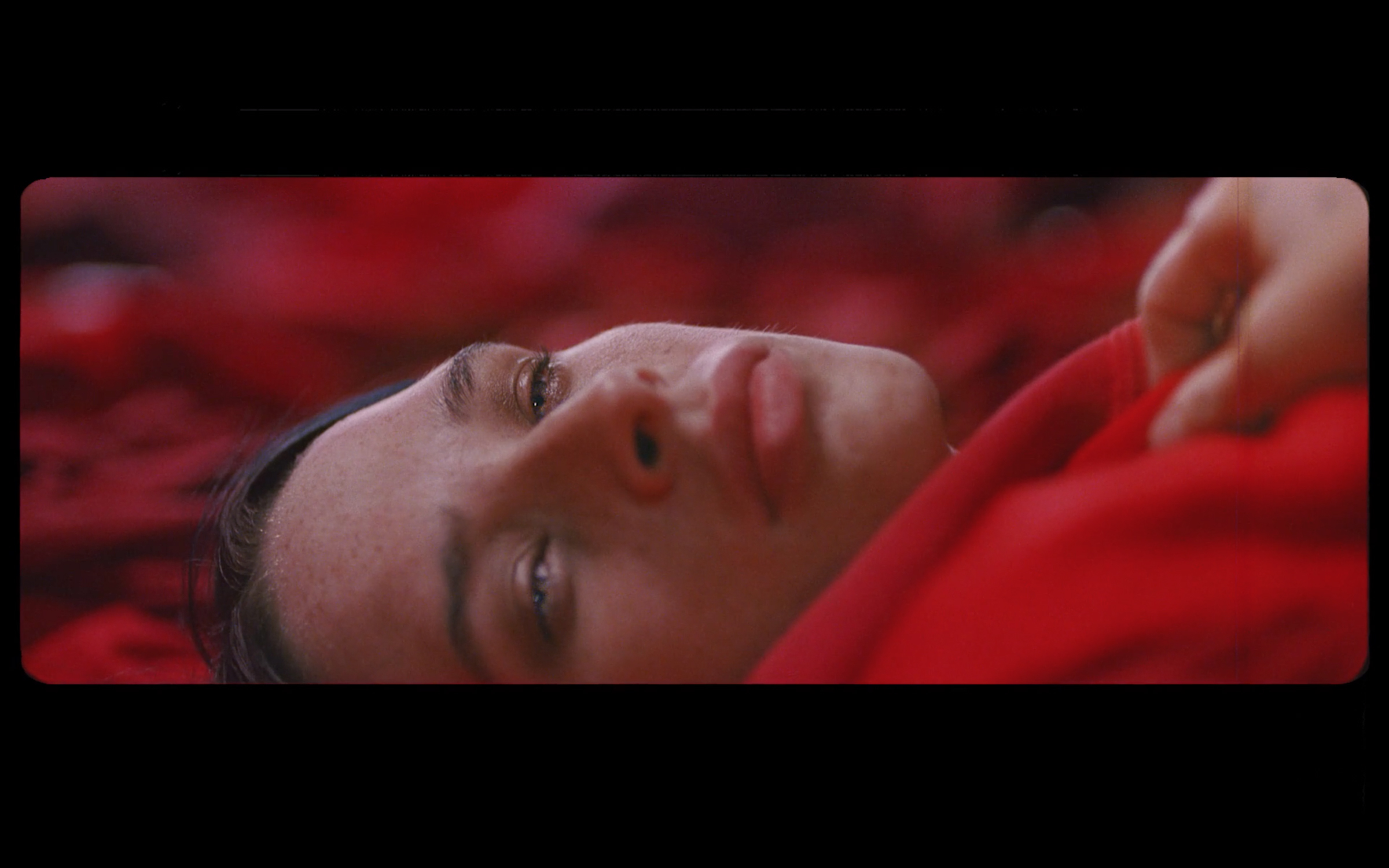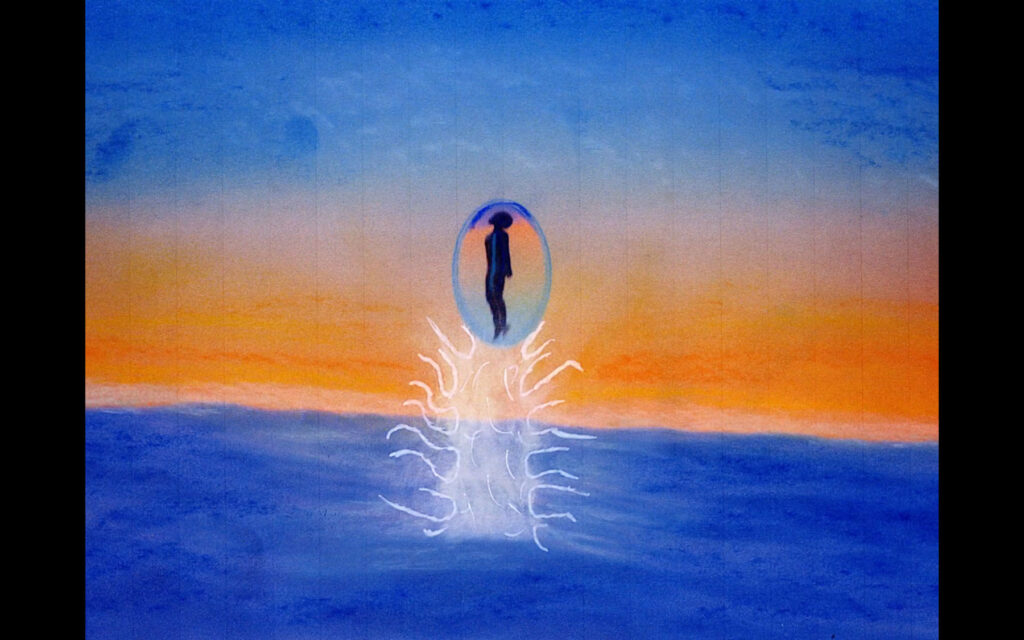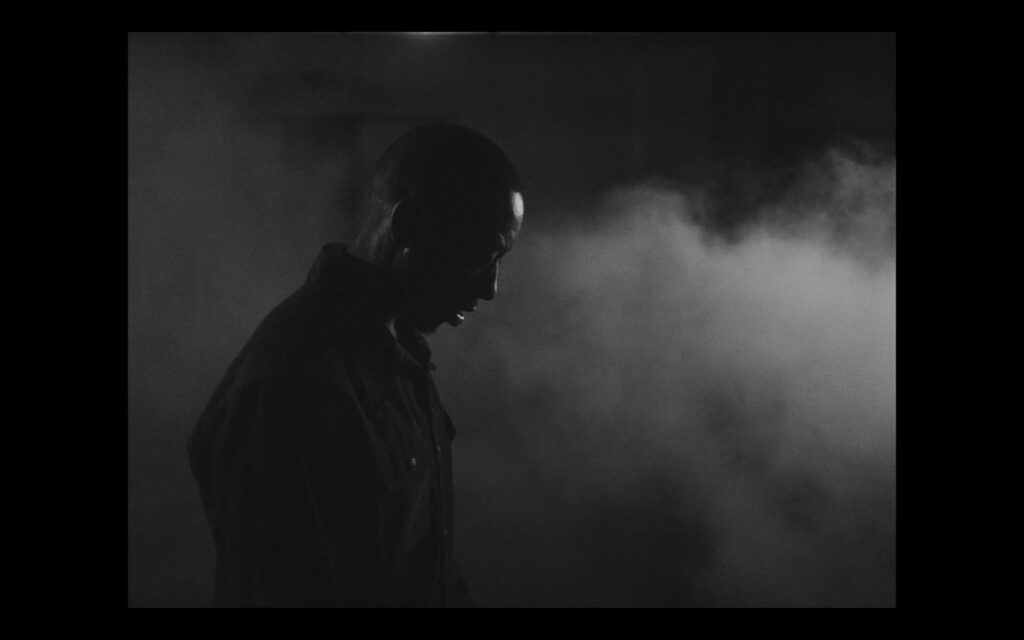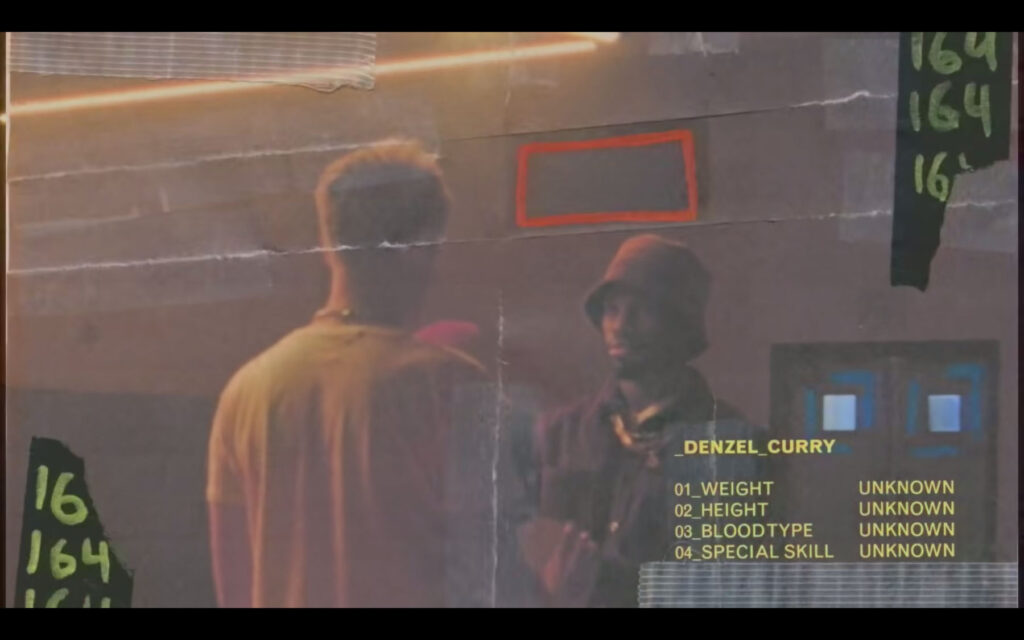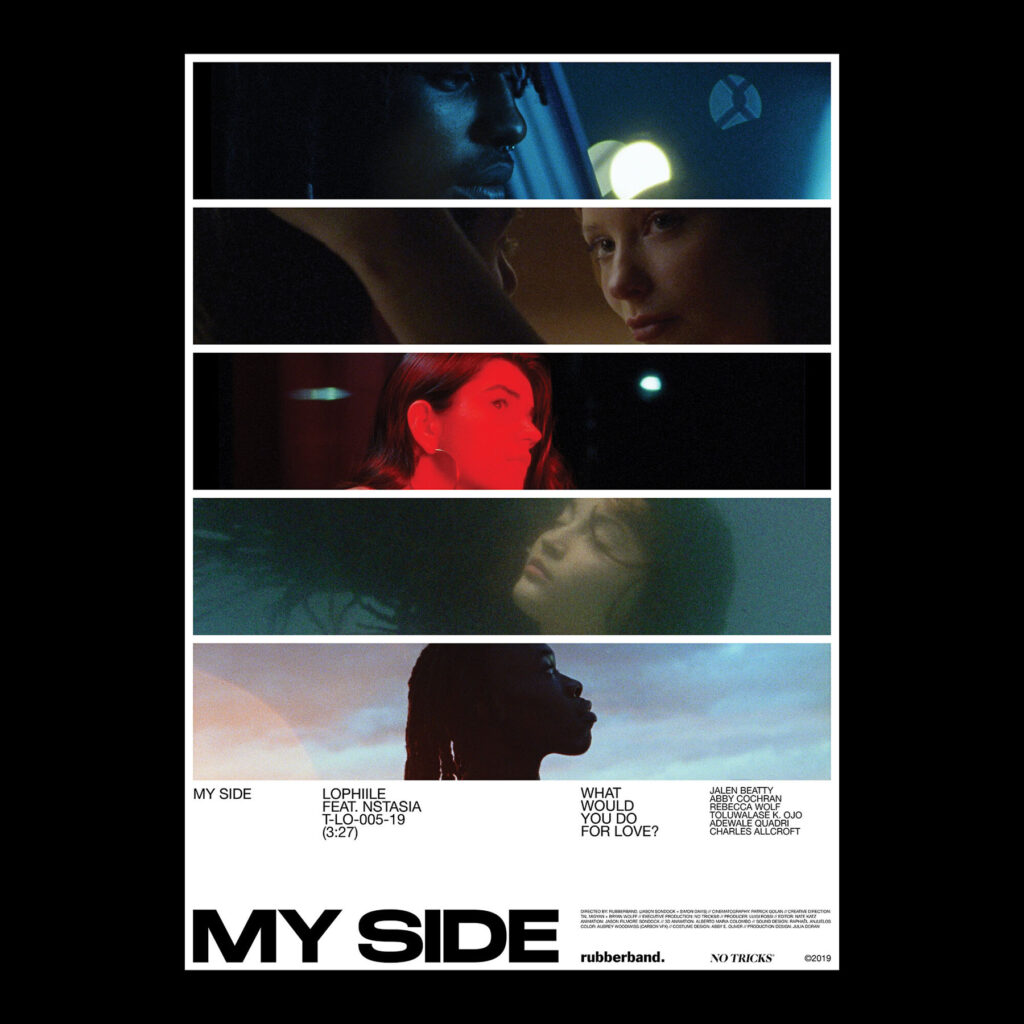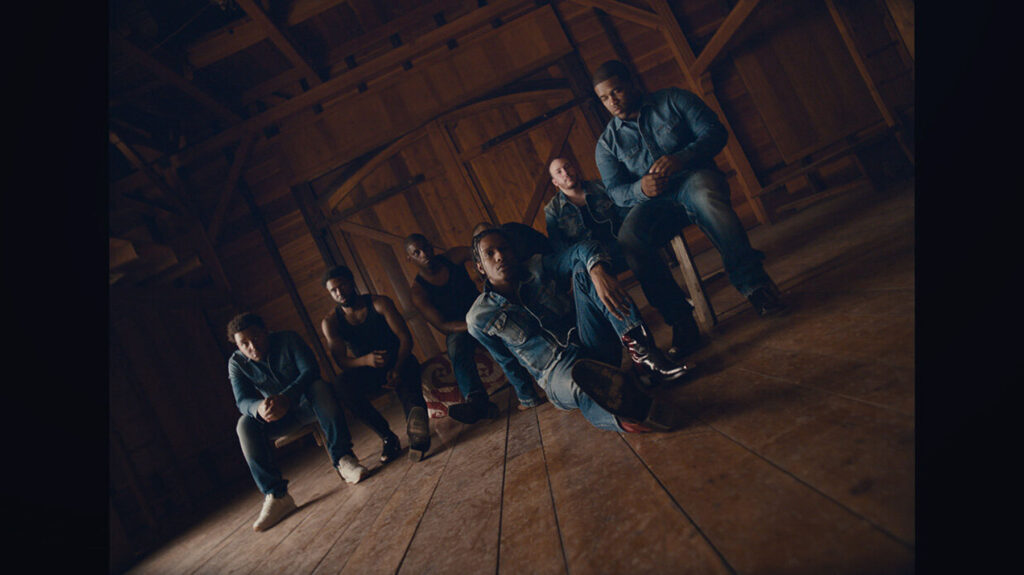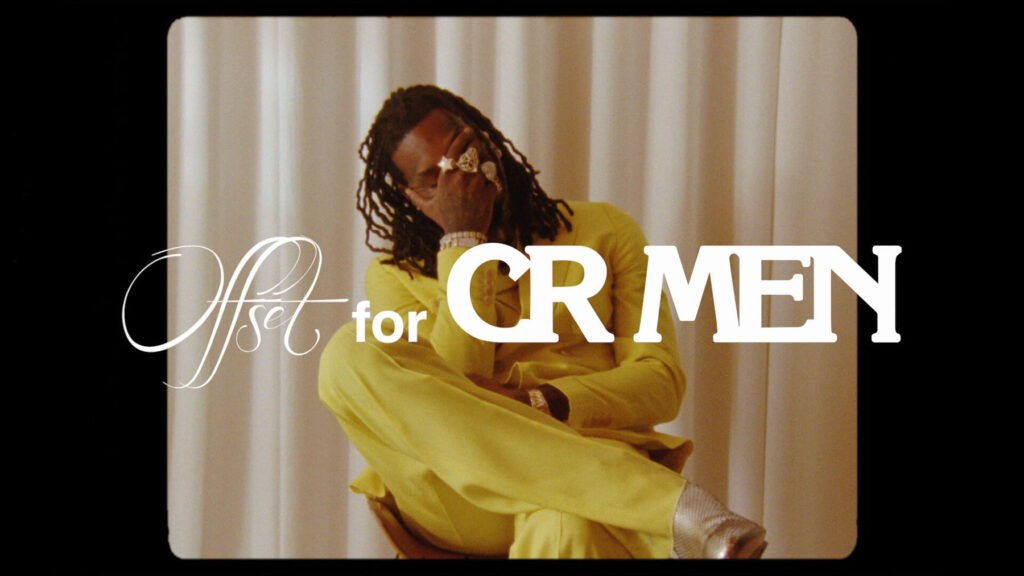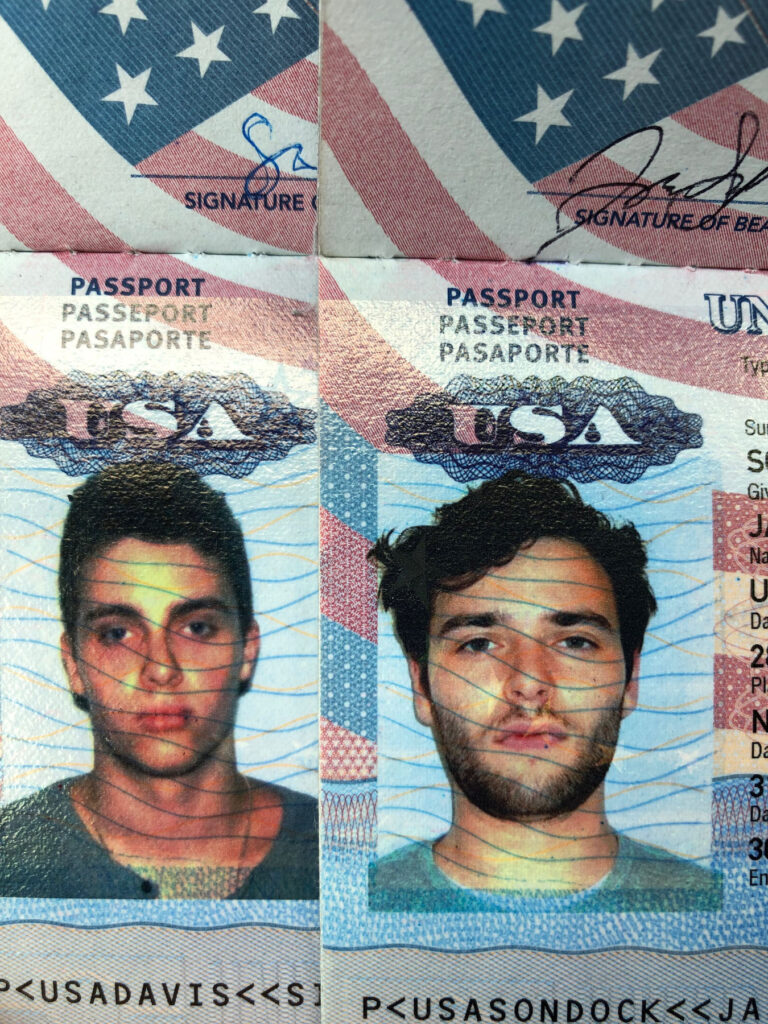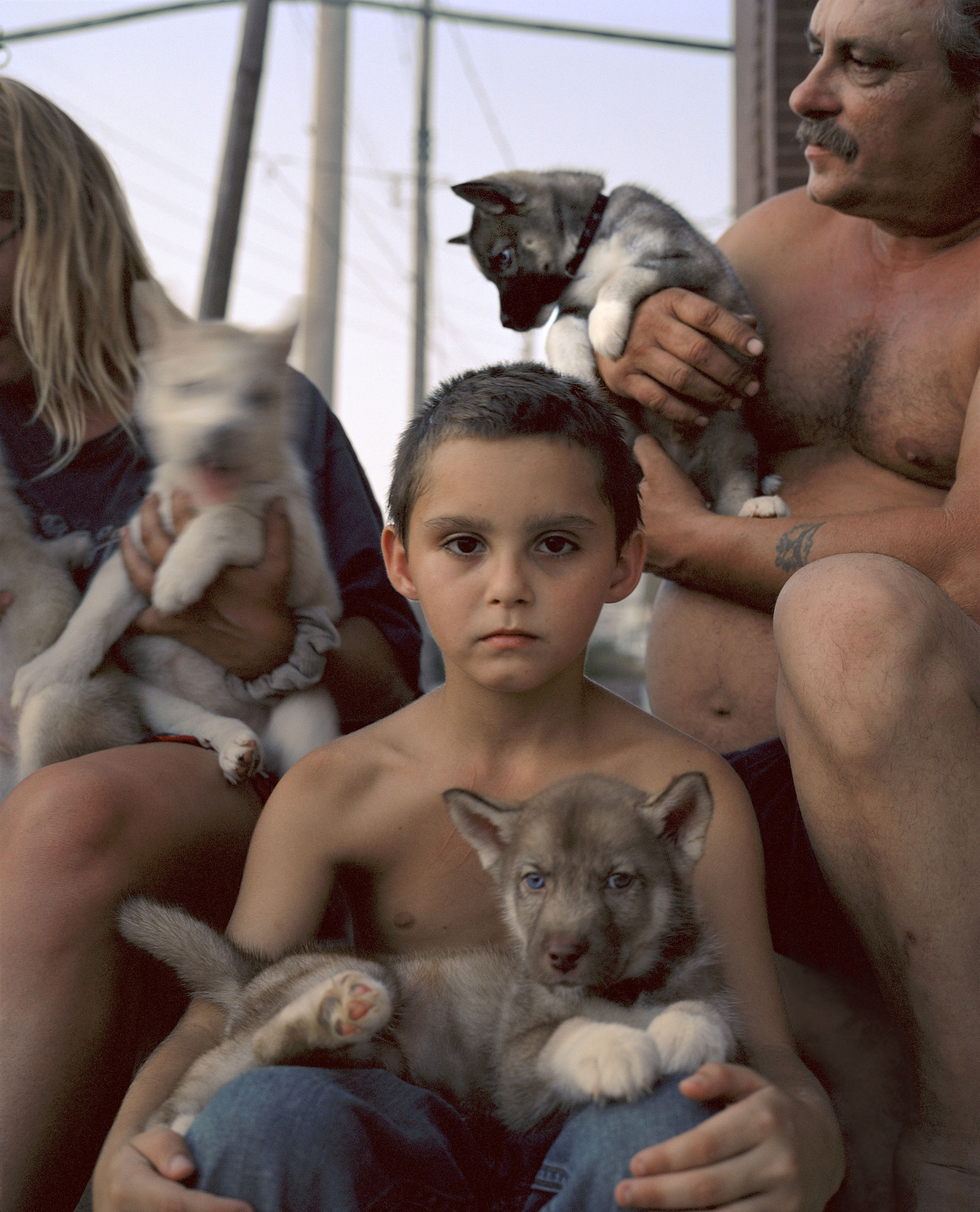
«I like doubling and tripling ambiguities, tensions, and constellations of associations»
Jo Ann Walters has been photographing towns like the one she grew up in for a while – since the 1980s in fact. Growing up in Alton, a ‘small town along the Mississippi River in southern Illinois’, she was as committed to leaving her hometown, as she was to returning there, in order to document what life is like for those who live there. Walters won a Guggenheim Fellowship in 1985 to photograph along the river and was soon drawn to depicting the livelihoods of the town’s population of women. This series was made into a book, Wood River Blue Pool, last year. Yet, if focussing on the women of Alton, and towns like it, was familiar to Walters, the DOG Town series explores a side of her upbringing that was both familiar and alien to her. In this body of work, Walters has built up a picture from the other side, as it attempts to uncover the role of an industrial town and its working, male population in a post-industrial era. In DOG Town, barren landscapes that recall the early photography of Eugène Atget are juxtaposed with whimsical, even straight-up comical, scenes of human life. Speaking on the phone, it is clear that Walters gives as much weight to the epic as she does to the humdrum, as competing aspects of the complexities of human existence.
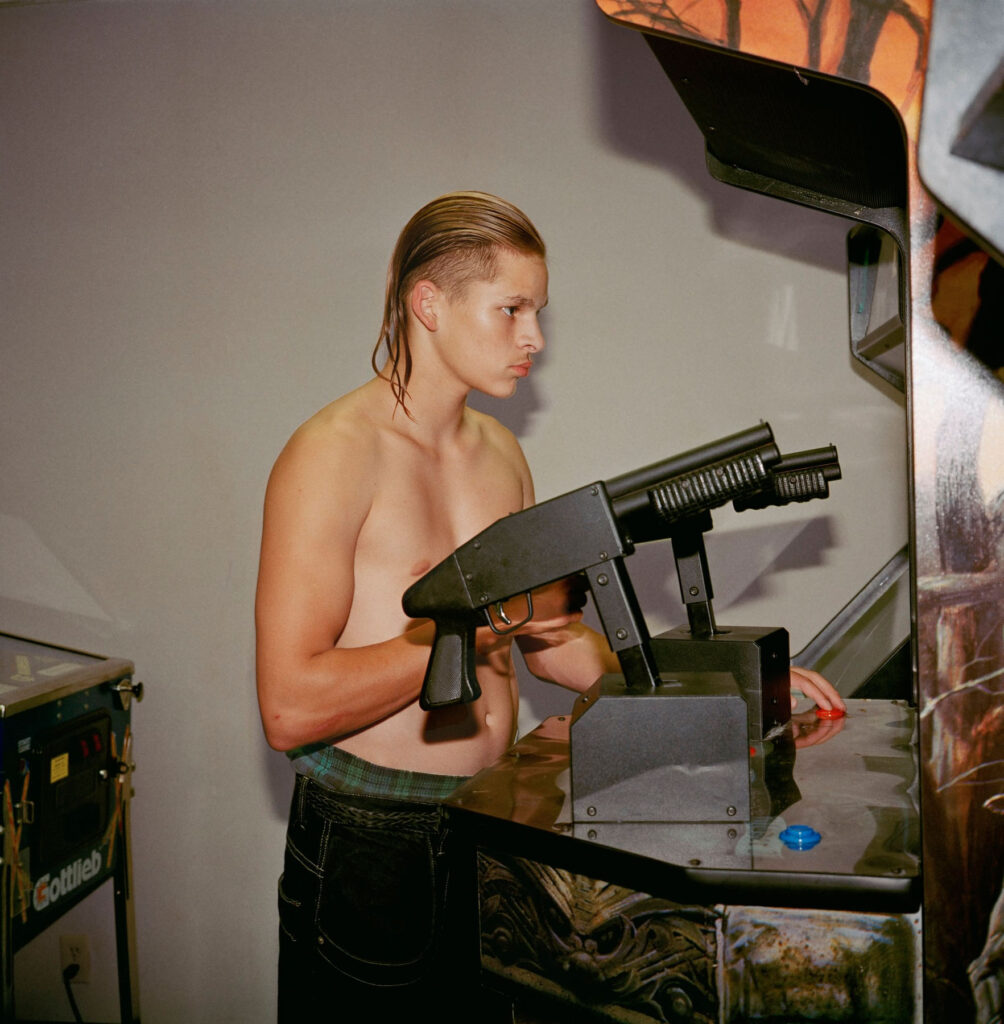
NR: What were your intentions for DOG Town, and have these changed over the years you’ve spent photographing Alton for the series?
Jo Ann Walters: I’ve always been interested in the place where I grew up, and for many years I was particularly interested in young mothers and girls there. It represented one possibility for my future, but also one I had consciously moved away from. I just published my first monograph of that work, which came out last October [Wood River Blue Pool and the companion book Blue Pool Cecelia]. In the early 2000s, I began to wonder about the men I’d grown up with as well as the marginalized parts of the town I hadn’t paid much attention to while photographing. My father, for example, had a small sheet-metal fabrication business that serviced the steel mills, ammunition factories, and refineries in town, so modern industry had always been around and part of my life. Women rarely worked in the factories when I was growing up in the mid-20th Century. We didn’t have first-hand knowledge of life and labour in these factories, but it was always the backdrop for our lives. So, I started taking these pictures, not just in my hometown, but in other small industrial towns too. I’m still working on DOG Town, among other projects; I’m very thorough and two decades of work is not such a long time. A few years back I began photographing people more frequently, so there are more portraits showing up.
NR: There are two images in Dog Town, a women singing, and a boy playing a video game: within the context of the depravity of the series, these seem like frivolous pursuits. Is that something you’re intending to depict?
JAW: That’s interesting that you say it appears frivolous. When I was younger, I would have thought that karaoke and video games were trivial pursuits. There’s not a lot to do in many of these towns. Even though Alton isn’t far from downtown St Louis, MO, people don’t travel there often. Some of the photographs were taken in a decade ago but the place looks pretty much the same only more impoverished, more run down. I made the picture of the woman singing in a bar called the Ranch House during one of their bi-monthly karaoke nights. The woman is in a one-piece blue outfit and wearing white pumps, and a garish shining backdrop. When she got up on the floor to sing, well, … she couldn’t carry a tune at all. The few competitors in her audience sneered and rolled their eyes without caring much if she or anyone noticed, but in my mind’s eye she was the best of them all, her voice and countenance so full of emotion, longing loneliness, soul. I realized that karaoke nights held meaning for the people there in ways I hadn’t understood before. I remember a few people asking if I was from the press. I realized some hoped their image would be published in the Alton Evening Telegraph and, perhaps, they would be discovered by a talent scout.
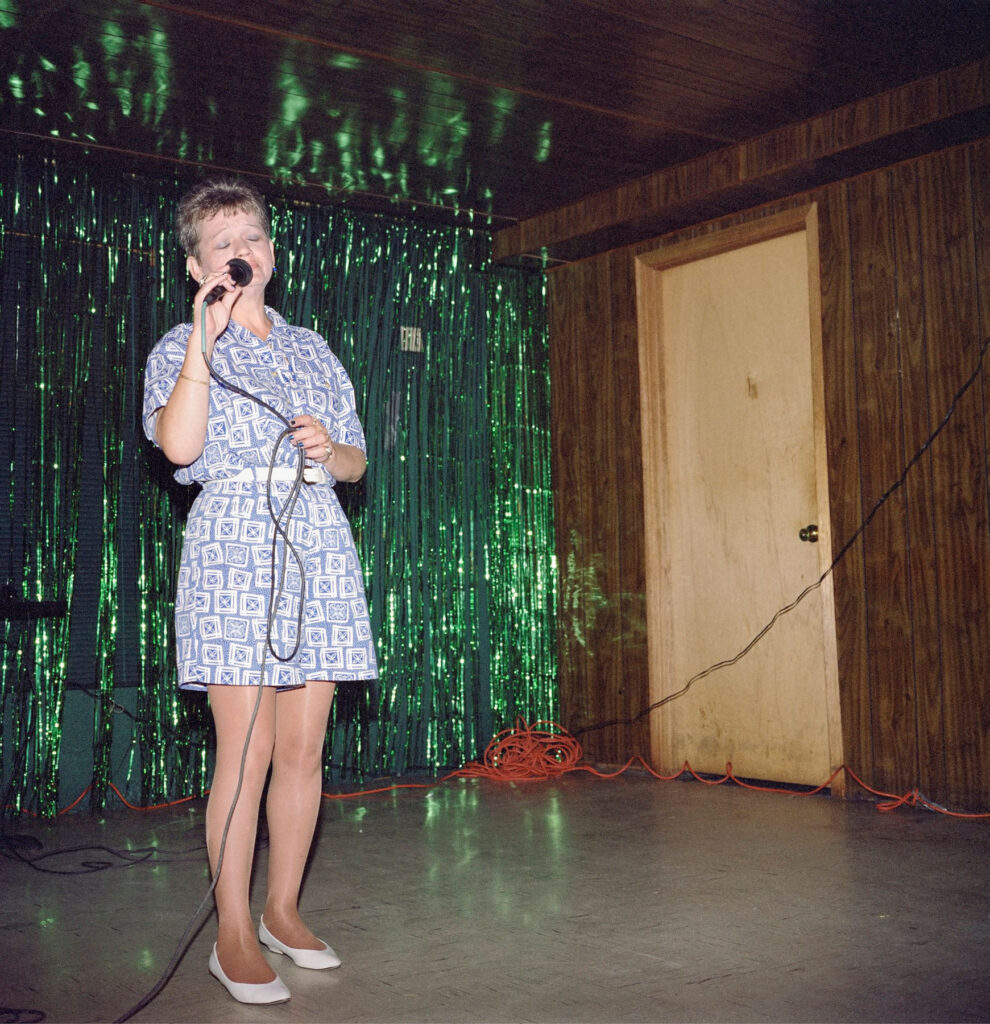
NR: Linking on from that, what about the image of the young boys, one is surrounded by dogs, the other with a pumpkin bucket; it would be interesting to know how their futures play into DOG Town.
JAW: I like both of those photographs quite a bit. I happened upon a family, at a moment when their dog had just had puppies – the dogs were half-husky, half-wolf. They were running all around the property. One of the things I like about image of the boy and his parents holding the puppies is that this little boy is so attentive, but also intensely inward. He had been looking at me with near total concentration, but I chose to make the picture in a moment when he was looking past me. The boy and the dog appear to be in the same state of consciousness. Both appear contemplative, world weary and knowing. I wouldn’t call it hopeful, but I’d call it a kind of youthful and adult consciousness at once. Their gazes seem to extend both inside and outside the picture. It is difficult to imagine what the future holds for him and his family, but it suggests the possibility of wisdom.
On the other hand, the little boy holding the white plastic pumpkin, he looks… well, the grass is nearly dead, it’s the end of fall, the sky is cloudy: maybe there will be rain, maybe a storm. And, he seems so very confused to me; the wheelbarrow’s tipped over; another toy appears to be stuck in a rut. I can’t easily pin this image down. The pumpkin’s white, why is it white? I remember the boy was angry when I first began to photograph, I guess because I had interrupted the privacy of the game he was playing. His imaginative life seems rich in the picture but also full of starts and stops. It is hard to describe what this appearance of difficult and complicated dreams will bring.
NR: You mentioned the timing of the image in relation to the seasons. That’s something I picked up on in DOG Town; one of the constant changes in the series is the change of season, has this been a conscious decision?
JAW: Yes. There’s something particular about the light in the town where I grew up in. I’ve spent a lot of time traveling along the river, and there’s something about the moisture in the air and the humidity. We had four distinct seasons when I was young, and this has profoundly affected my sensibility climate change has blurred the boundaries between seasons. I often photograph the same things and places over and over, year after year. I feel fortunate that I discovered the world through photography. Through my habit or discipline of re-photographing, again and again, I have cultivated and deepened my perceptual capacities. Sometimes, at its worst, repetition ends up feeling mechanical or obsessive, but when it works repetition transforms into ritual and something very different happens.
«Ritualizing picture making prepares me to be open to the complex and sensual experiences than the relative subject matter depicts. The images evoke something experiential, with a wide range of emotion and intellectual complexity. Seasonal time, as opposed to linear time.»
While making the Dog Town work, there came the point when I began to get sick of my color palate and habits of pictures making. So, I challenged myself to make pictures in the winter when there was minimal colour, often during inclement weather, or when the snow was so white there was little apparent detail. I tortured myself [laughing] for three or four years by photographing in freezing weather in an attempt to experience and photograph the color, light and affective register of winter. I wondered how these variations in my practice might affect the construction of meaning.
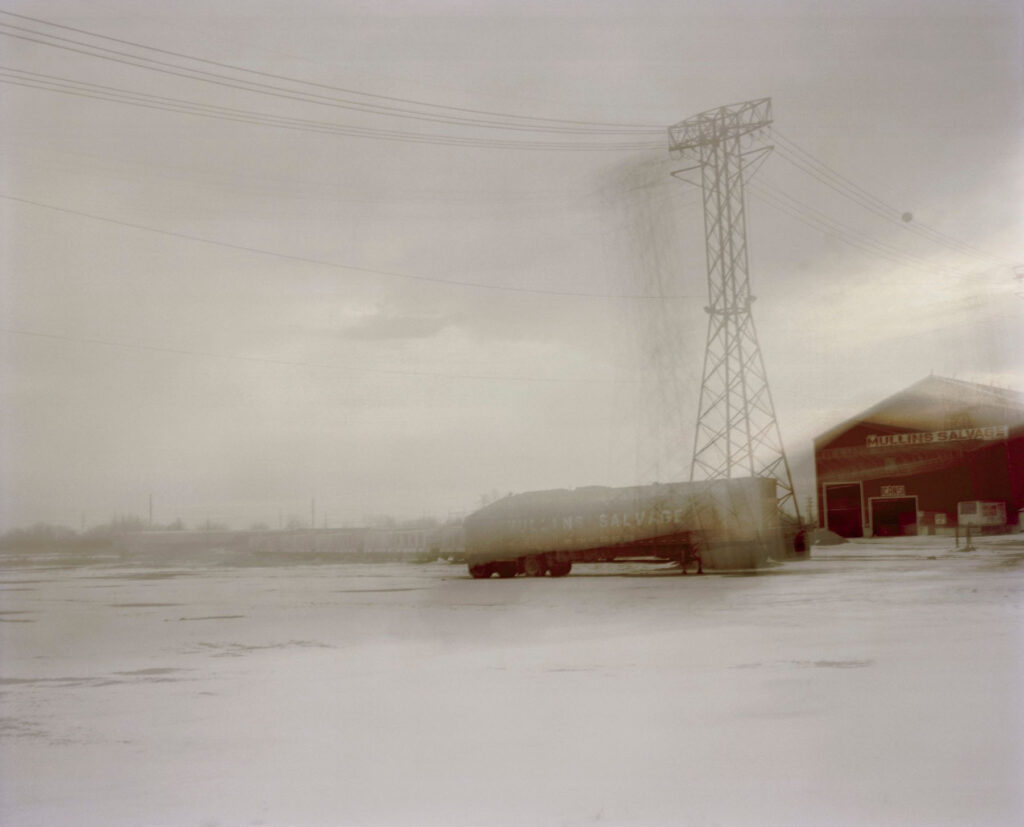
NR: What about the image of the snowy landscape, with what looks like a warehouse in the background, and a truck in front?
JAW: I like that image because the sign on the building says salvage and I can easily transpose or associate it with the word salvation. I bought a small tripod that you can screw onto a car window. After I had printed the picture, I kept staring at the odd double shadowing in the overhead power line and wondering where it was coming from. I had made a long exposure in low light. The sun was nearly gone. I hadn’t securely tightened the camera to the tripod. The camera was slowly moved downwards during a long exposure and traveling at irregular intervals that created a double shadow of sorts. It reminds me of the way movement is sometimes described in early photography because of the slow film and necessary long exposures. It was a strategy I wouldn’t have thought of myself. I love mistakes when they work out
NR: Would you be able to talk about the image with the Easter decals?
JAW: This was taken in Bethlehem, PA., a coal mining town, and there was this funky little convenience store. It was grey and overcast outside, and I was fascinated by the formal complications of making a photograph through the store window from the inside out. I was fascinated with the Easter decals that decorated the window pane, and how this content might create a strange layer of composition and meaning. There is a sentimentality one associates with cheerful cartoonish characterizations of rabbits, eggs, baskets of flowers, and springtime in the decals. This happy sentimentality seems at odds with the rest of the image. Through the window and past these silly stickers, you see the grey street and the sad generic buildings in disrepair. By chance, a person in a dark coat walked towards the store. Because of the moment during which the picture was made, it looks like the man is wearing a rabbit mask and carrying a bunny purse. All the while the easter decals appear animated like they are dancing around in the air and on the street. At first, I thought these pictorial events in the image moved away from the melancholy tone of the series, though
«I do often employ humor in my work. But, in retrospect, I think it imparts a kind of black foreboding humor to the image.»
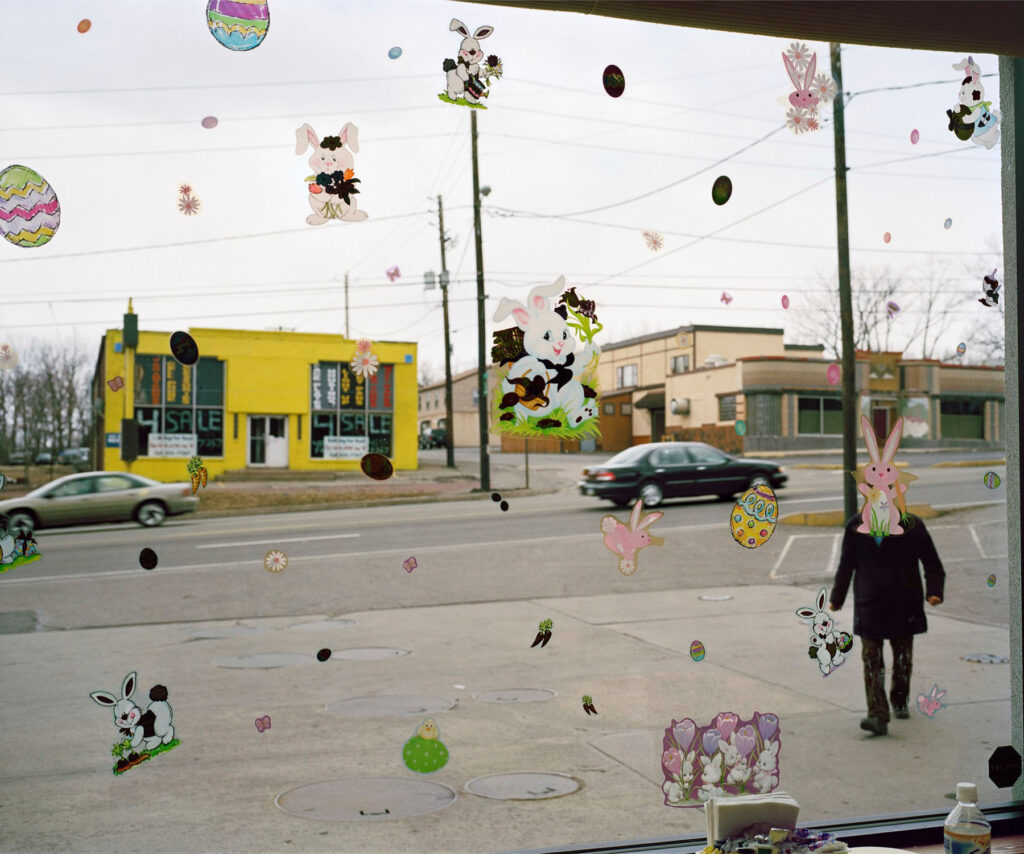
NR: Another image that stands out in the series is the one of prisoners; how does it fit into the series?
JAW: There are several pictures in the series – along with the one I just described that seem akin. For example, the hunting dogs chained to barrels and the parking lot with an older car and a building displaying a sign illustrated by cartoon description of dynamite exploding. There is something that feels comical, but, also telling. Both pictures are funny in their ways, but the underbelly of each is cold and covertly oppressive. There is something almost whimsical about the hunting dog picture despite the visible constrictions and brutality of the short leashes and imaginings as to how they function in the our world. The dogs appear over and over again, and if you look closely, you discover tiny dogs in the background standing on the barrels or shed roofs or hidden partially behind trees. I can whistle really loud and mearly every dog is alert, at attention, and looking straight at me, even those furthest back in the image. In the world of this picture, one can imagine that if the dogs were to run at me in their excitement once their surprise wore off, they’d be yanked back by the chains attached to their necks. In the image you refer to there are a group of prisoners in single-file with a barge behind them. They were picking up trash along a Mississippi River highway following a recent flood when I stopped my car. The sky is blue and the air is clear. The prisoners appear tame and benign. The tall, tremendously large, white prison guard sporting a long white beard had just ordered the surprised prisoners to get back to work. He is carrying a taser stick.
NR: There is something cartoonish about these images, but also a darkness in them, a violence…
JAWs: That’s it! Yes, there is an undertow of violence in these pictures, and the cartoonish quality contributes to this violence. The cartoons reduce and cover the inherent abuse implied in the scenes depicted: the prisoners and prison guard, the bunny-masked figure seen through the convenience store window decorated with easter decals, the parking lot and dynamite sign, and in some ways even the boy with the pumpkin. At first, this kind of humor might seem at odds with the tone of other pictures we have discussed but viewed within the entire body of work I think they act to cut away, cut through or partially subtract from the edge of sentimentality I explore in other images. In the picture of the hunting dogs chained to barrels, you can make a game of searching for and counting the dogs, a kind of Where’s Waldo? It could be a child’s game, but violent associations are embedded or buried.
NR: I found it amusing that there are all these images of barren landscapes with heaps of scrap material and piles of cars, and, then, there’s also this picture of a window sign, which reads ‘top dollars paid for scrap gold and silver’.
JAW: I don’t know if I’d use that picture when I get around to publishing a book of this work. The image is illustrative, more so than other pictures throughout the body of work. My father was a relatively successful small business owner and what some might call an upstanding citizen, and as I said earlier, he ran a sheet metal fabrication factory. After he retired, and without the constant structure of a work-week, he was often at a loss as to what to do with himself. He retired early and drank more, just like nearly everyone in town. There was nothing much to do. As a way to socialize, he would sometimes hang out at pawn shops with other men. Perhaps this is one reason why this picture seemed vital to me for a while. As an image it illustrates something about the realities of class and economics in post-industrial towns of this size. In the end, I think it lacks the subtlety that I’m usually drawn to. I try to particularize and keep cultural information to a minimum to slow the pictures down, and so the viewer has to travel through the sequence of images in multiple ways. I like pictures to suggest uncertainty or rather carry multiple meanings that are often in contradiction to one another, and to do so all at once. I like doubling and tripling ambiguities, tensions, and constellations of associations through individual images, sequences of images and the intervening spaces between images. In DOG Town, I want to evoke meanings such as that which is overtly illustrated in the picture of the pawn shop, but to do so in slower, more nuanced and porous ways.
